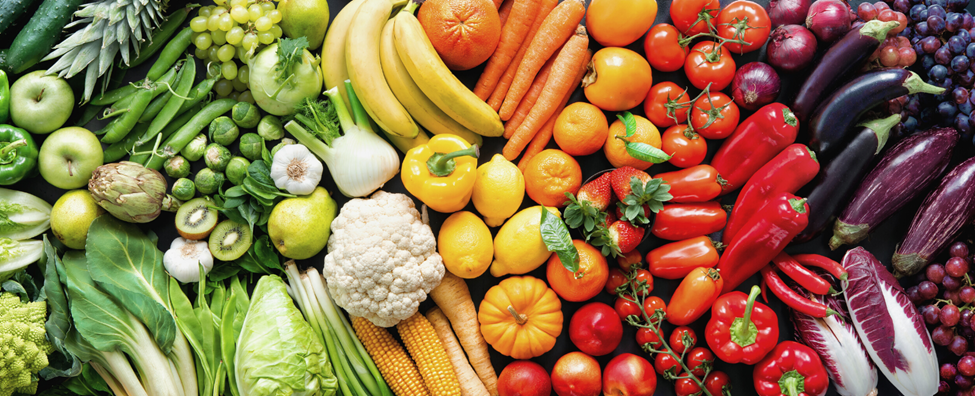Eating the rainbow enhances a balanced diet

Prof. Julius Oben, Co-Founder and President of the J&A Oben Foundation, has said eating foods of all colours ensures a balanced diet.
The seasoned Nutritional Biochemist made the statement recently in an interview. Reiterating a point he has often made as to the fact that the trick or way of ensuring a balanced diet is to have all the coulours on the plate, Prof. Oben noted that "almost everyone has heard of the need to have a ‘balanced die to ensure good health’, unfortunately without knowing exactly what a balanced diet is".
"A balanced diet is one that provides the body with all the nutrients required for it to function properly. This includes nutrients required to provide energy for the body, generally referred to as macronutrients (carbohydrates, fats, and proteins), as well as nutrients required for proper body function and fighting diseases, referred to as micronutrients (vitamins and minerals)," he disclosed.
He added that "people generally eat to satisfy the body’s energy requirement, which is manifested as hunger. This way of eating can be referred to as ‘eating without colour’. Eating without colour therefore is not a balanced diet because it leaves out micronutrients, which are required to complete and satisfy the body’s nutrient needs".
"Colourful foods, which are generally fruits and vegetables, contain many minerals, vitamins, and antioxidants required to complement the energy needs of the body to maintain its good health," Prof. Oben stated.
Quizzed as to whether if these colours were of the same class of food, there would be a guarantee that the meal would still be balanced, Prof. Oben said, "The more the colours, the greater the possibility of covering the full range of micronutrients. As mentioned earlier, these colours consist mainly of fruits and vegetables, and they indicate the presence of certain bioactive components that serve a metabolic role".
"Orange and yellow fruits and vegetables like carrots and mango contain beta-carotene, which is converted to Vitamin A, which promotes good vision. Anthocyanins found in blue and purple plants like radishes and berries act as antioxidants that may inhibit cancer and fight heart disease. Lycopene found in red plants like tomatoes and watermelon is linked to a lowered risk of prostrate, lung, and stomach cancers, while lutenin and zeaxanthin found in green fruits and vegetables may prevent eye disease and stroke, as well as the risk of muscular degeneration that accompanies aging," he noted.
Prof. Oben continued that "green leafy vegetables improve the immune system and also folic acid, which is very important in pregnant women to ensure the baby’s health".
According to Prof. Oben, "eating healthy and especially eating what can be considered a balanced diet does not require the consumer to be rich, but has to do more with being knowledgeable concerning what should be eaten".
"The easiest way to apply this knowledge is to mix your colours as much as you can," he advised.
No comments yet. Start a new discussion.